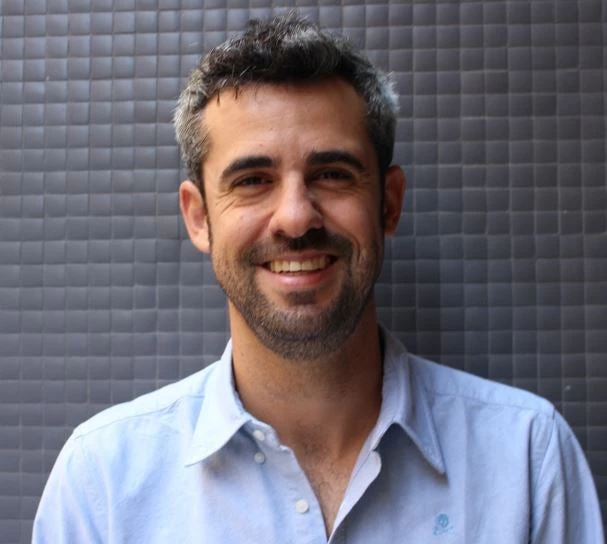
This blog originally appeared in the Brookings Institute blog on December 7, 2016.
As 2016 draws to a close, few questions are asked with greater urgency in Europe than this: How can countries tackle inequality? Education usually tops the list of most promising solutions to inequality between rich and poor or between advanced and lagging regions. Education equips children and youth, regardless of their social background, with the skills to get a good job. As such, it is an engine of social mobility. So goes the theory. But what about the practice?
Last week the Organization of Economic Cooperation and Development launched the results of the 2015 Program for International Student Assessment (PISA). PISA assesses reading, mathematics, science, and problem-solving skills of 15-year-olds in more than 70 countries around the world every three years. At each new PISA round, public attention focuses on the trends and comparisons of countries’ mean scores. These matter, perhaps most importantly, in these times of public uproar over growing inequality. PISA allows us to assess whether education is delivering on its promise of social mobility. Is education providing an opportunity for children to succeed regardless of their family background? Or is inequality affecting opportunities to learn and acquire key basic skills?
Sadly, the new PISA data show that in many countries in the European Union, this promise of social mobility continues to be a hollow one. Some, like PISA top-performers such as Estonia, Ireland, and Finland, are among the world leaders in offering children with poor and disadvantaged family background a chance to succeed. But in many EU member states, children from the poorest 20 percent of households face significant skills gaps across reading, mathematics, and science compared to the richest 20 percent. Take Greece, France, or Portugal in Southern Europe or Bulgaria, Slovakia, and Hungary in Central Europe where the science skill gaps are an equivalent of two and a half or three years of schooling.
Figure 1: A gap in cognitive skills between rich and poor students in many EU countries

What is worse, this skill gap is not limited to a few students at the margin. In half of EU member states more than 20 percent of 15-year-olds perform at the lowest levels of the PISA scales for mathematics and reading, representing functional illiteracy and innumeracy. This matters now more than ever since jobs are becoming increasingly complex, workers are less and less engaged in routine and repetitive activities, and they are ever more required to think and adapt to changing demands and find solutions to new problems in teams. In order to succeed in this brave new world, future graduates will need strong thinking, adapting, and learning skills—and these begin with basic literacy, numeracy, and problem-solving skills.
What are the reasons? Inequity in education is driven by different features across the EU. In Germany and neighboring countries in Central Europe, a major culprit is early selection of students into either poor-quality, vocational training or high-quality, general education tracks—often largely along socio-economic lines. The skills gap between students in general and vocational schools is the equivalent of up to three or even four years of schooling. In Southern Europe, high levels of repetition and subsequent early dropout rates are widespread, reflecting a rigid one-size-fits-all system in basic education that does not provide the right support to an increasingly diverse student population. In countries like Portugal or Spain, almost a third of students have repeated a grade level at least by the time they reach the end of basic education. Repetition, a highly predictive indicator of dropping out, is an unfair, expensive, and inefficient policy which disproportionately affects low-income students, no matter what their skills.
What can be done? Solutions can be found nearby and afar. Many high-performing and equitable education systems promote a fair early start, with high-quality early childhood education programs, available and often targeted to disadvantaged children. They emphasize the role of the teacher: not as executors of a one-size-fits-all curriculum devised in a national capital, but as entrepreneurs of children’s learning, adapting their teaching styles to the individual student and working with parents and the community to help each child achieve the maximum progress possible. Successful, equitable education systems are flexible, offer multiple pathways, and do not irrevocably lock students into dead-end vocational tracks of poor quality. They allocate resources and high-quality teachers disproportionately to schools that struggle most and not those who are privileged.
Education research shows that more equity in education need not come at the expense of excellence. But equitable education policies are controversial in many EU countries, where politically well-connected middle classes benefit from a status quo that is mostly focused on excellence. But ultimately, as Europe’s population ages and technology revolutionizes the world of work, inequality of opportunity in education will hurt economic prospects and social cohesion. The time to act is now.
Interested in more analysis of the latest PISA results? A World Bank specialist shares her seven takeaways here.
Find out more about World Bank Group education on Twitter and Flipboard .



Join the Conversation